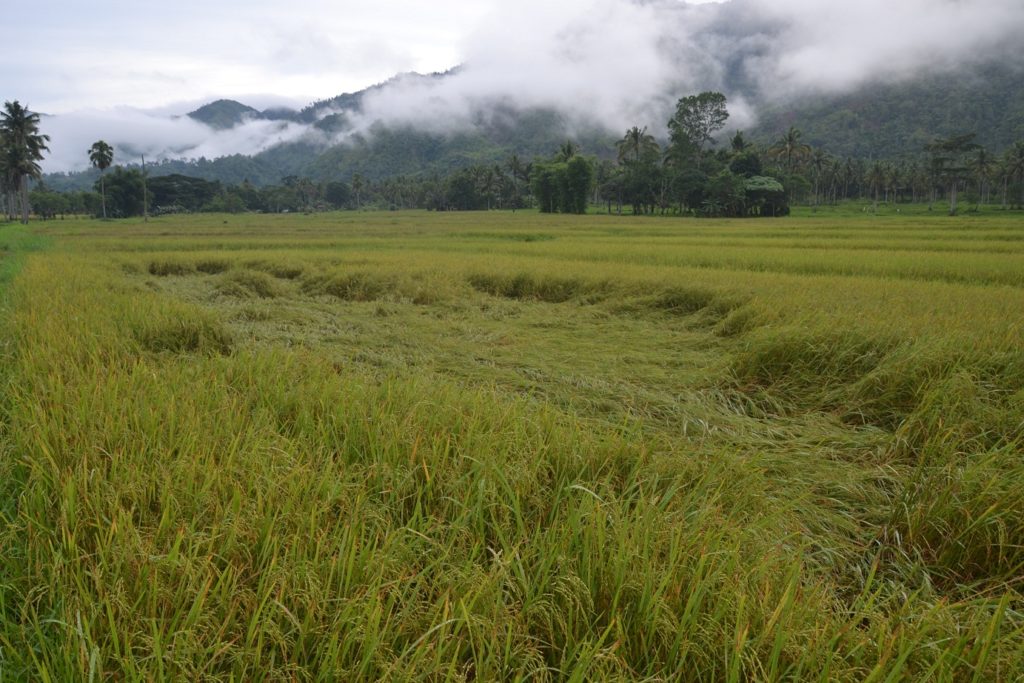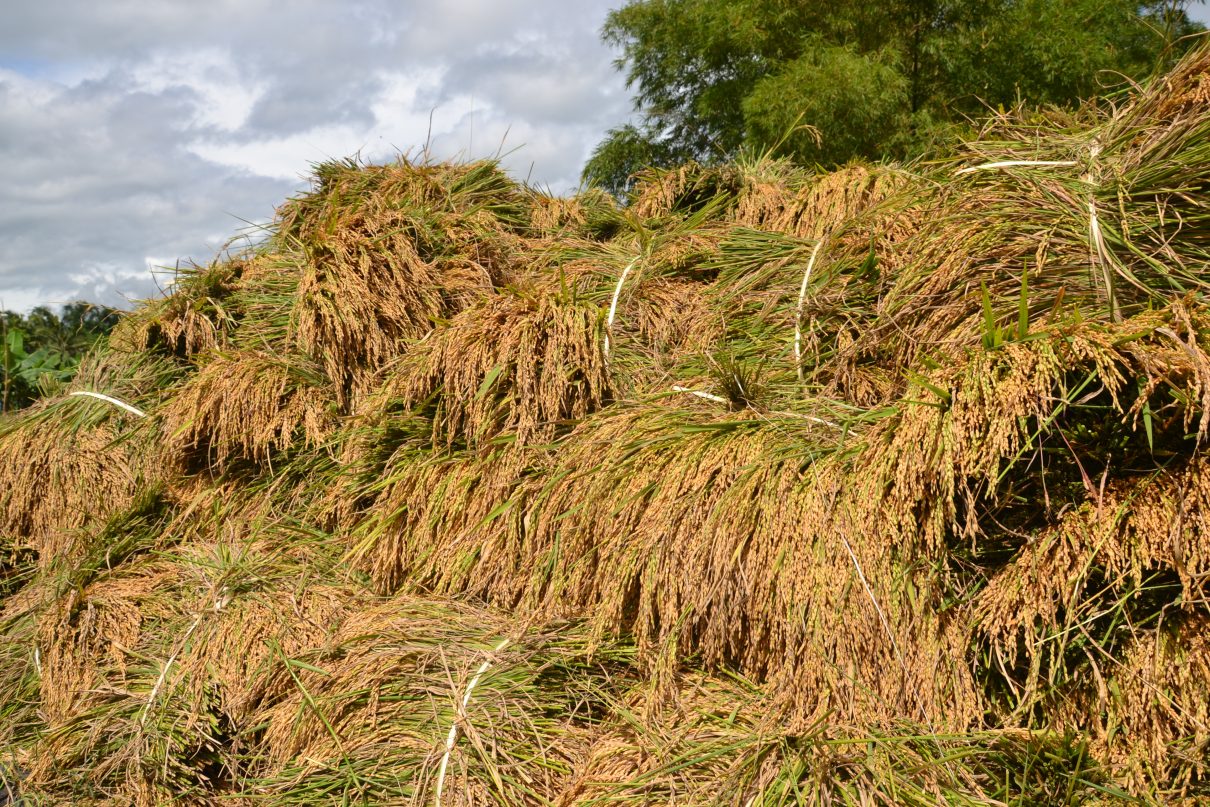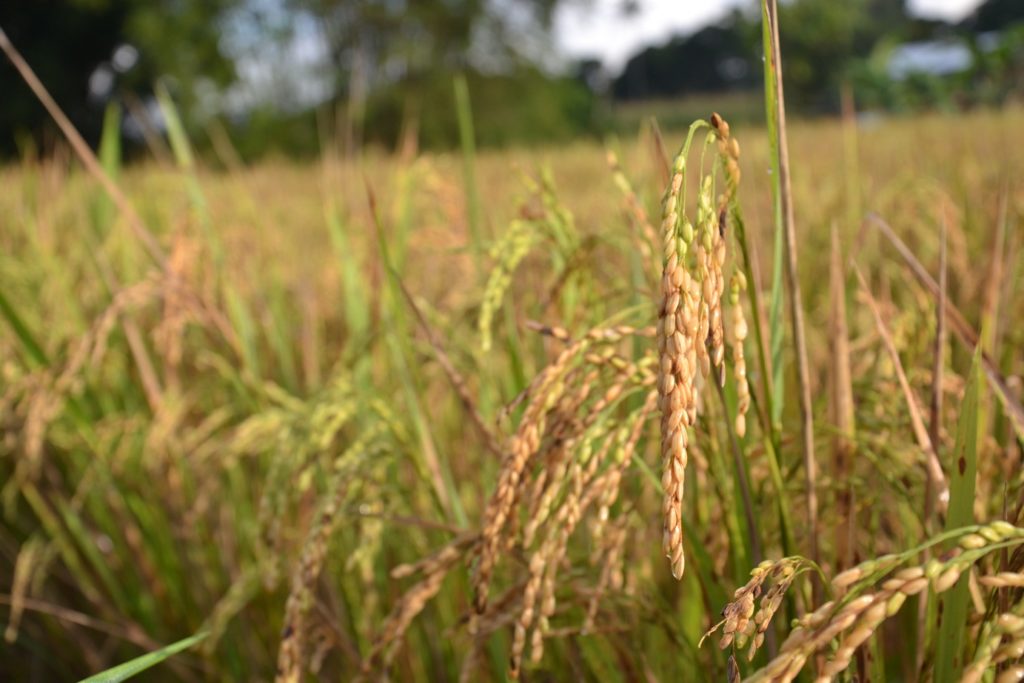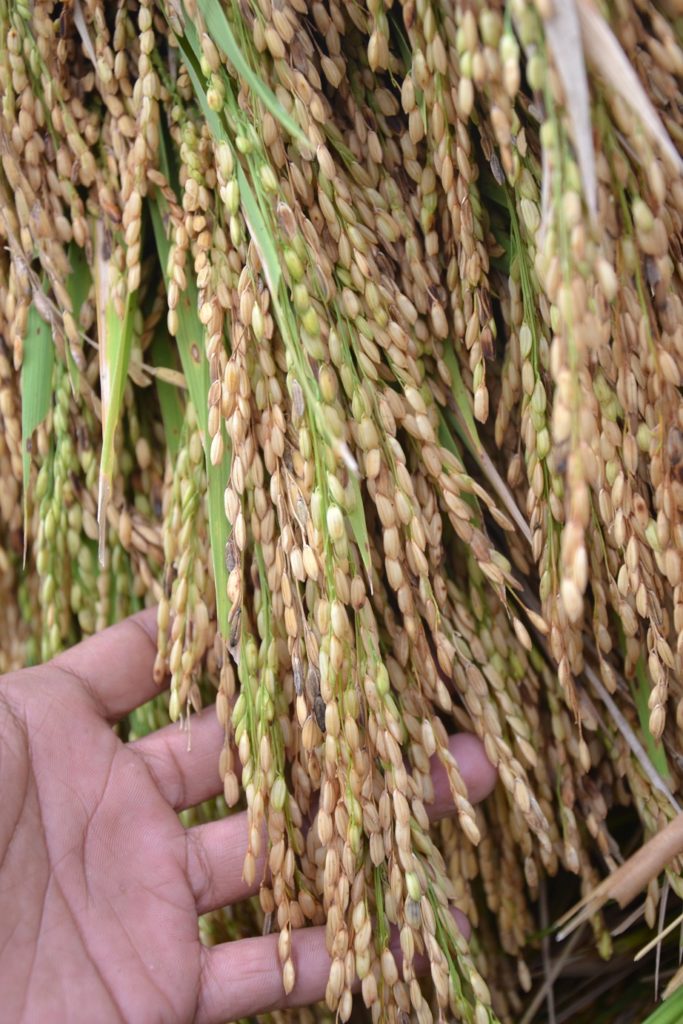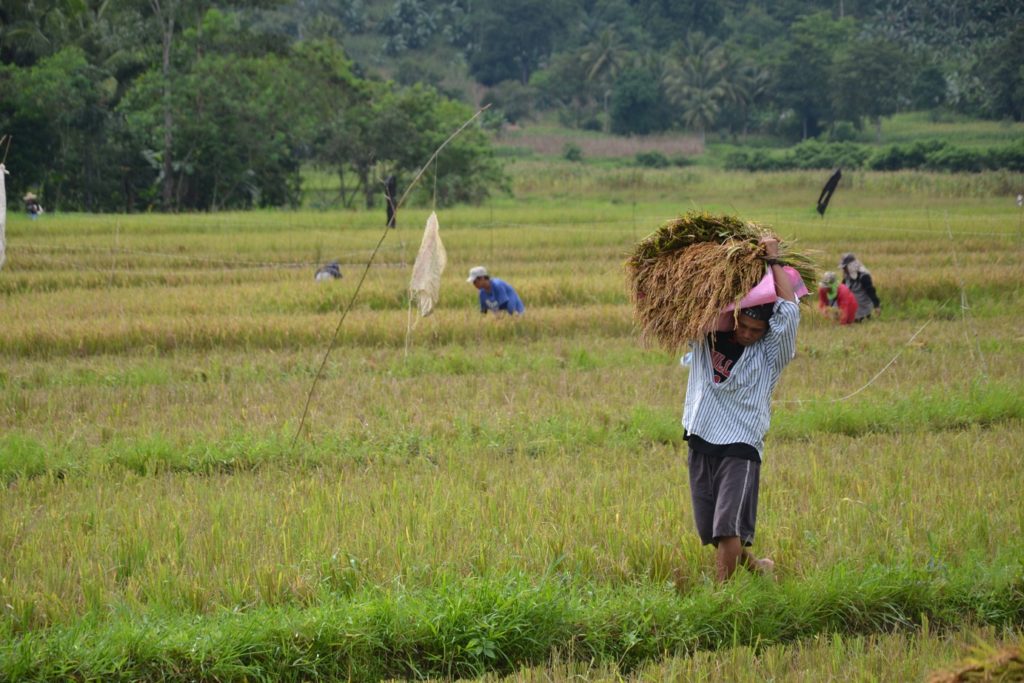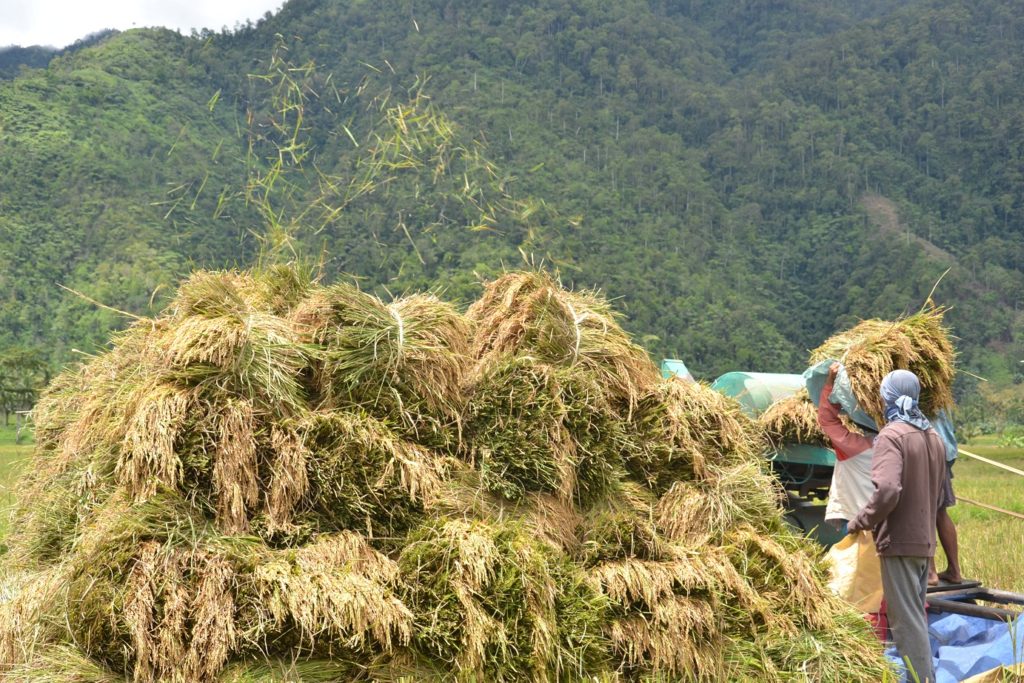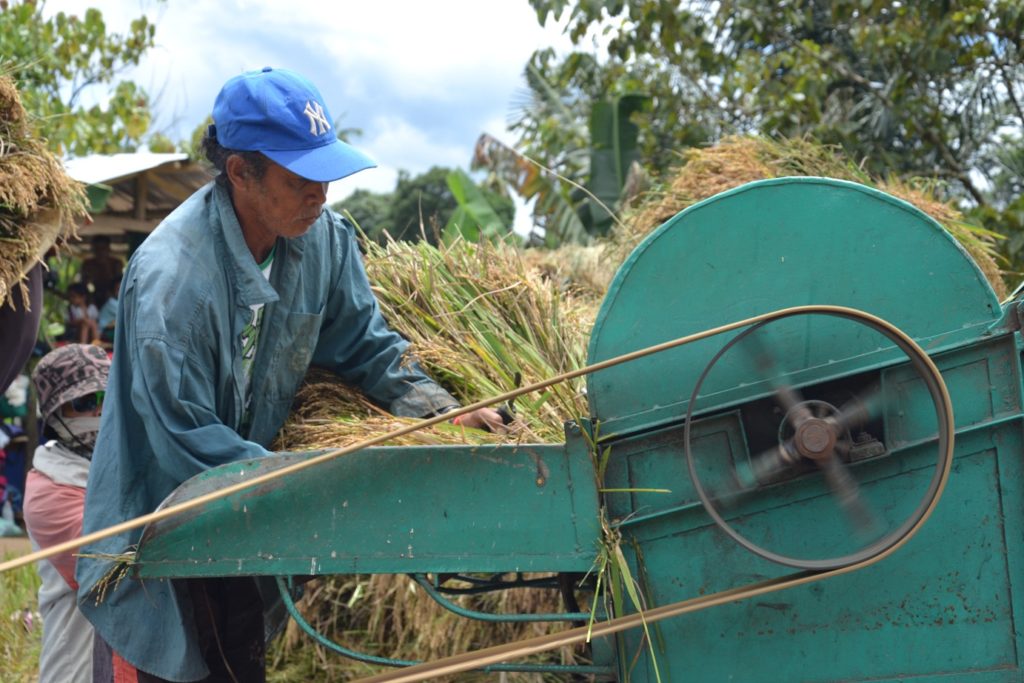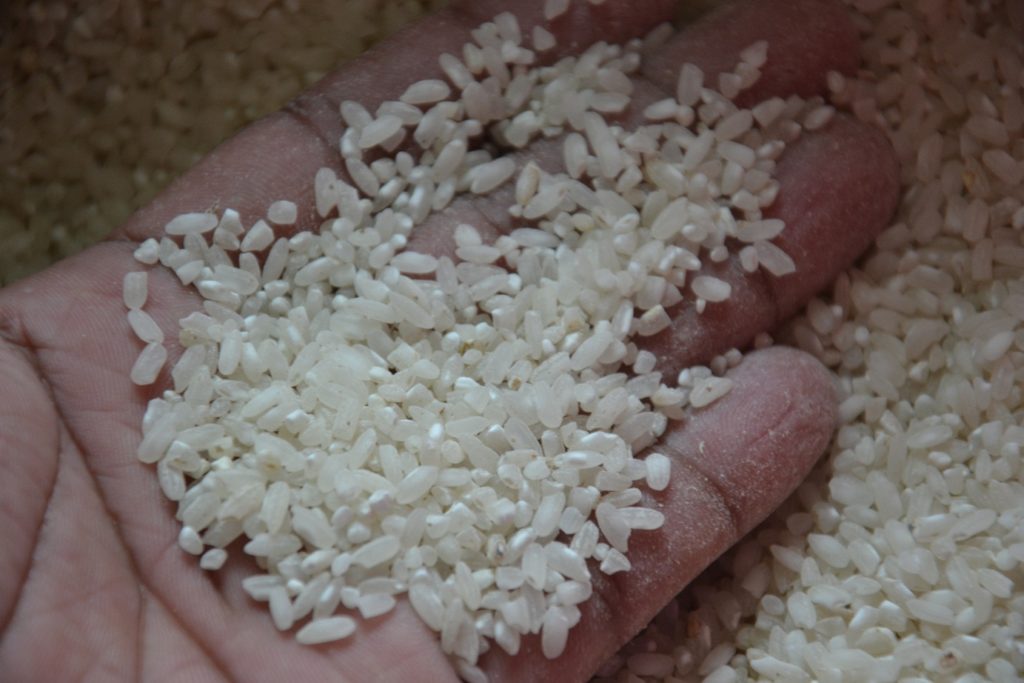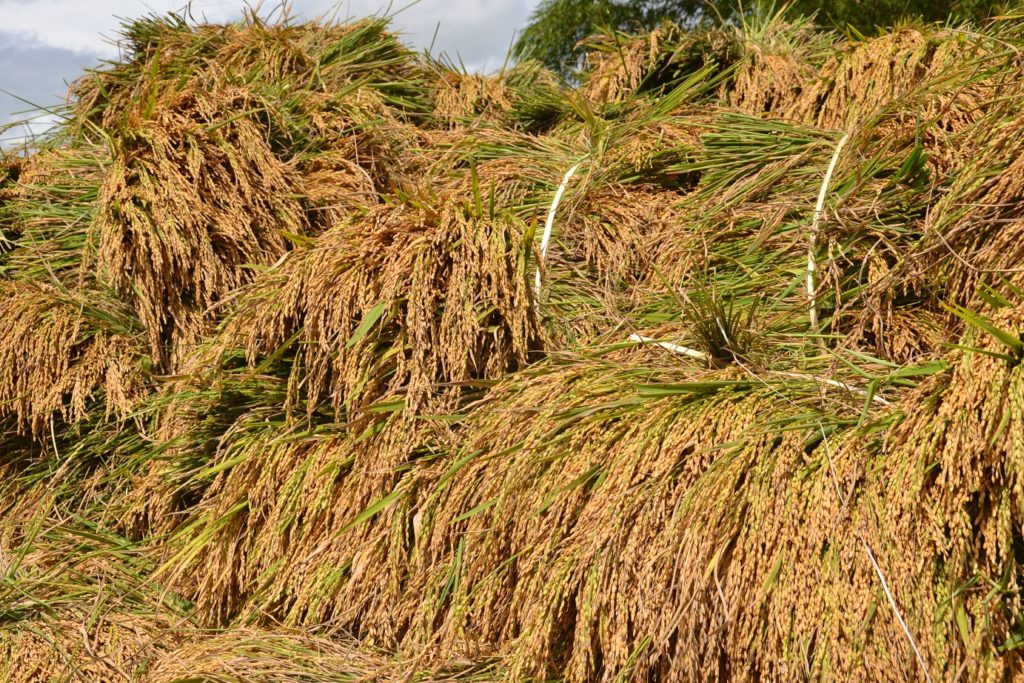
The effect of just small amount (40ml) of “The Juice” by Grow Switch on rice. Had dramatically lessen the use of synthetic NPK down to almost 60%. And the use of harmful chemical pesticides to 100% (no cide at all). Also the tillering increases up to 6 folds (from 4 stems to 24 super healthy and vigorous stems).
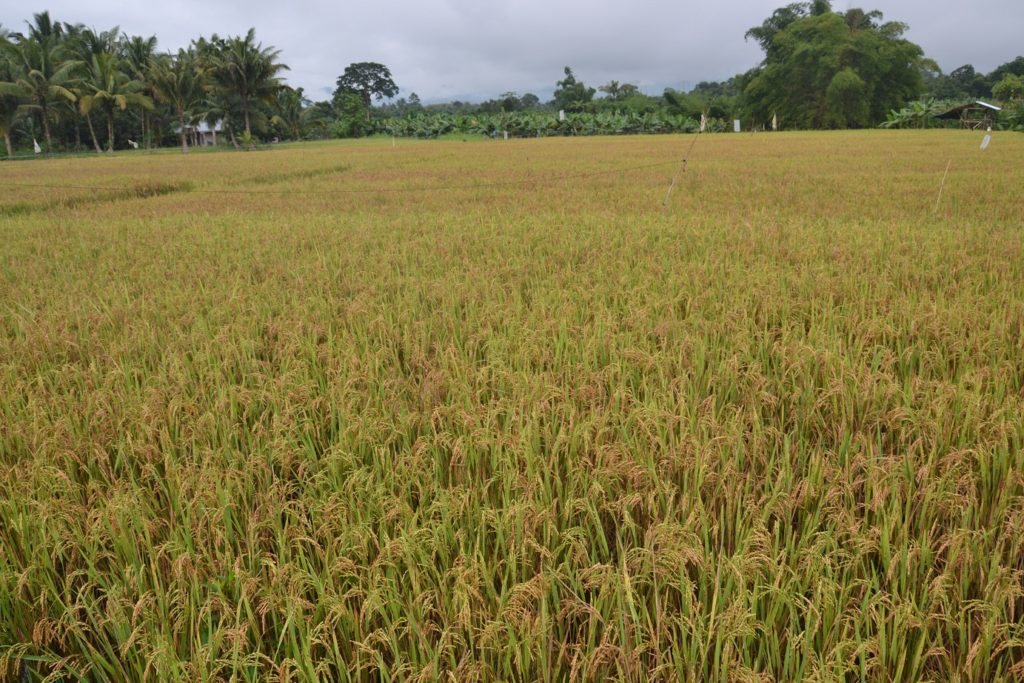
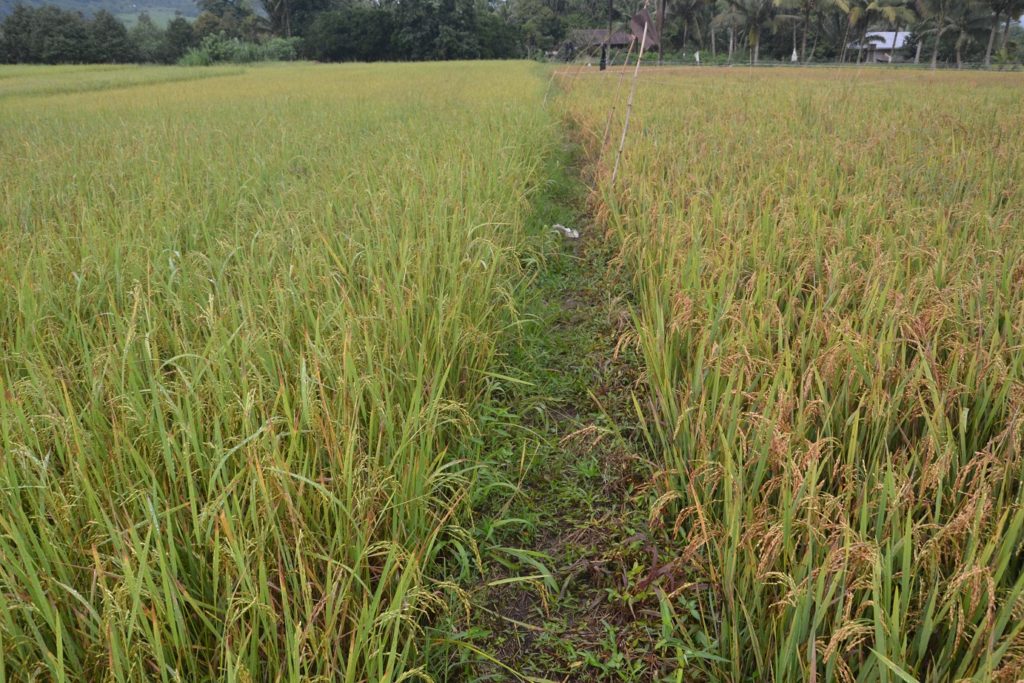
6/18/2016 7:53 AM, Day before harvest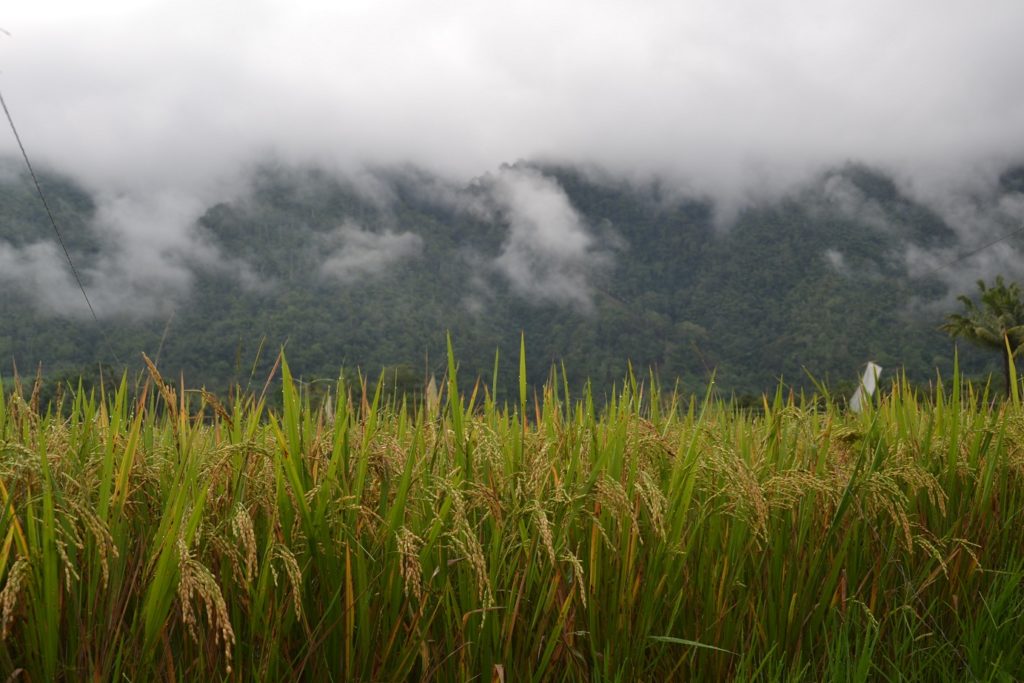 One last photo, before all this healthy and vigorous “palay” be chopped off.
One last photo, before all this healthy and vigorous “palay” be chopped off.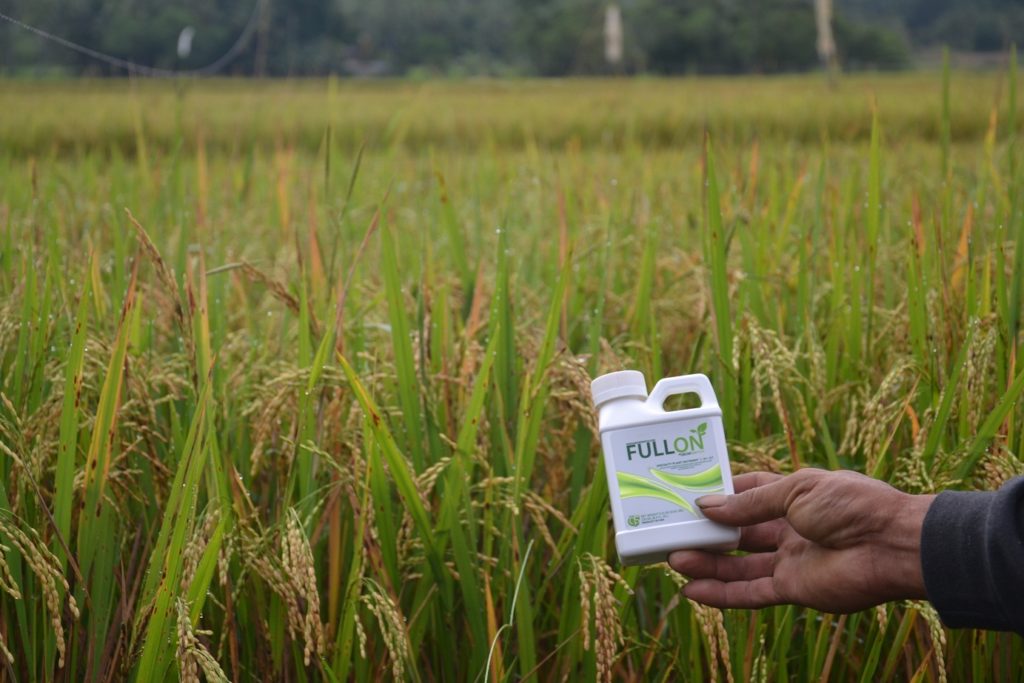 6/19/2016 5:45 AM, Day of harvest
6/19/2016 5:45 AM, Day of harvest
The background of the field is so astounding. (nature really is)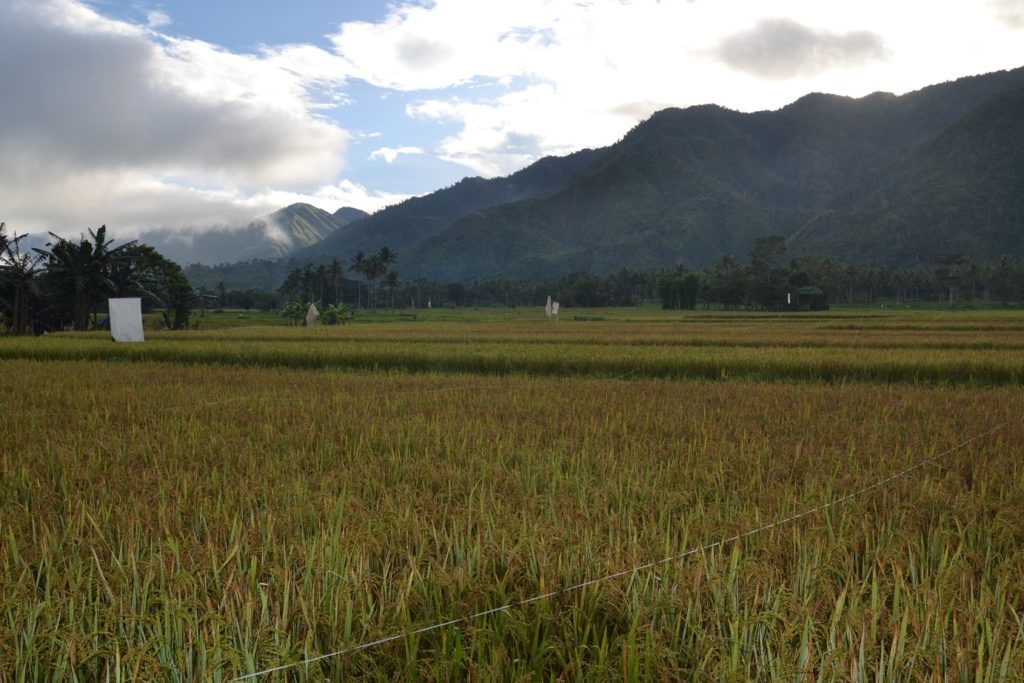
Harvest Time
The host are now preparing breakfast.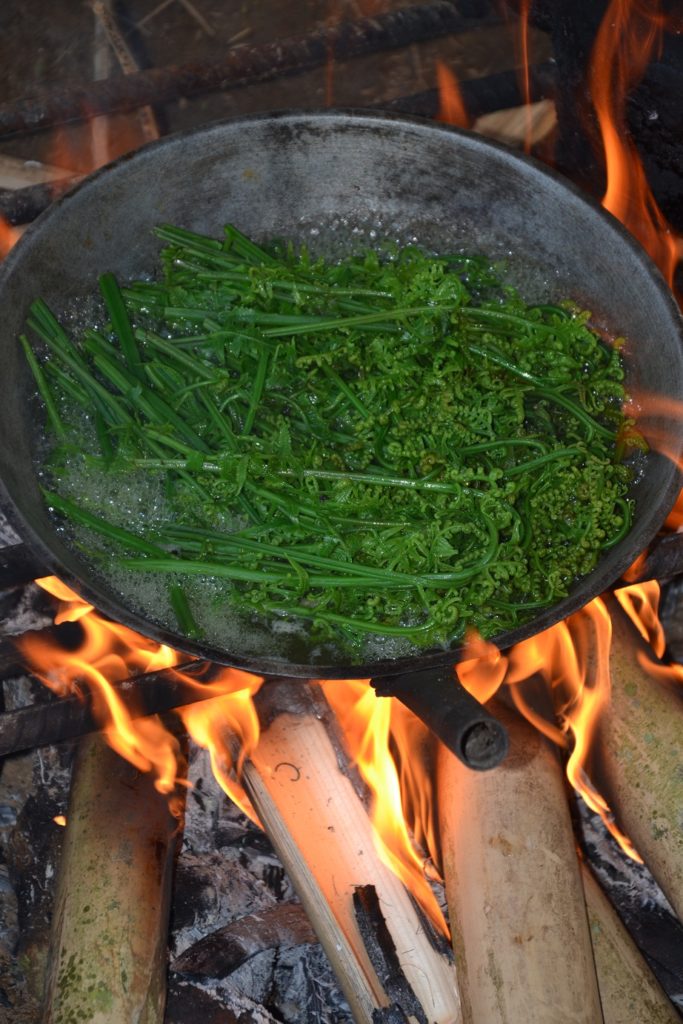 9:09 AM, We’ve went to run some errand for awhile and when we came back, rice bundles we’re already starting to bulk up.
9:09 AM, We’ve went to run some errand for awhile and when we came back, rice bundles we’re already starting to bulk up.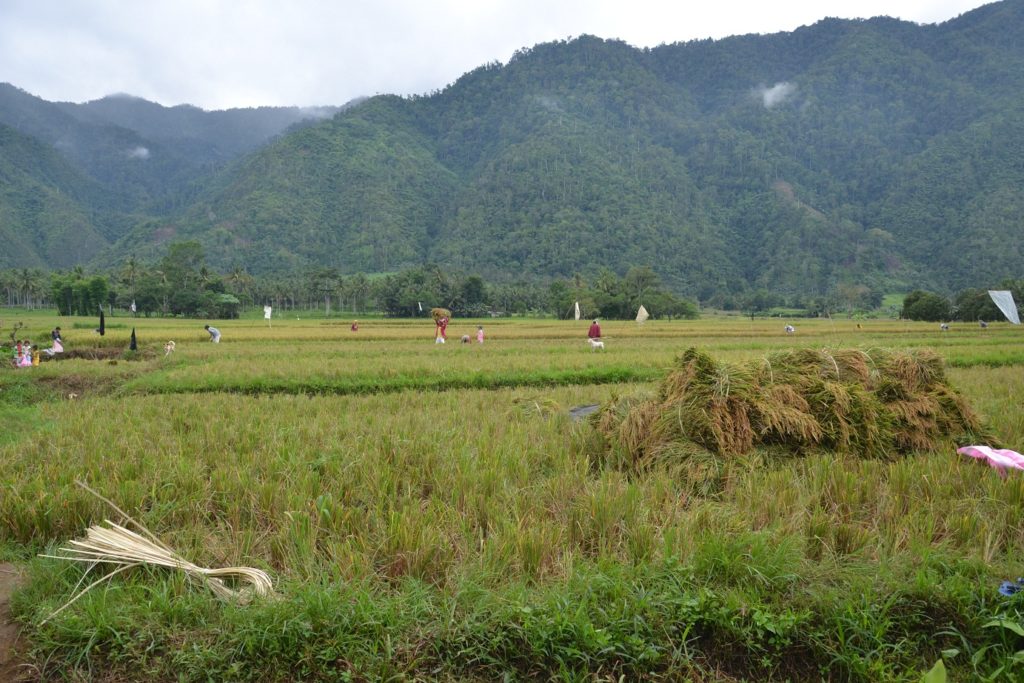 The grains are obviously big, healthy, heavy and vigorous. Despite the fact that it only had at least less than the required NPK and 0% cide.
The grains are obviously big, healthy, heavy and vigorous. Despite the fact that it only had at least less than the required NPK and 0% cide.
By the way,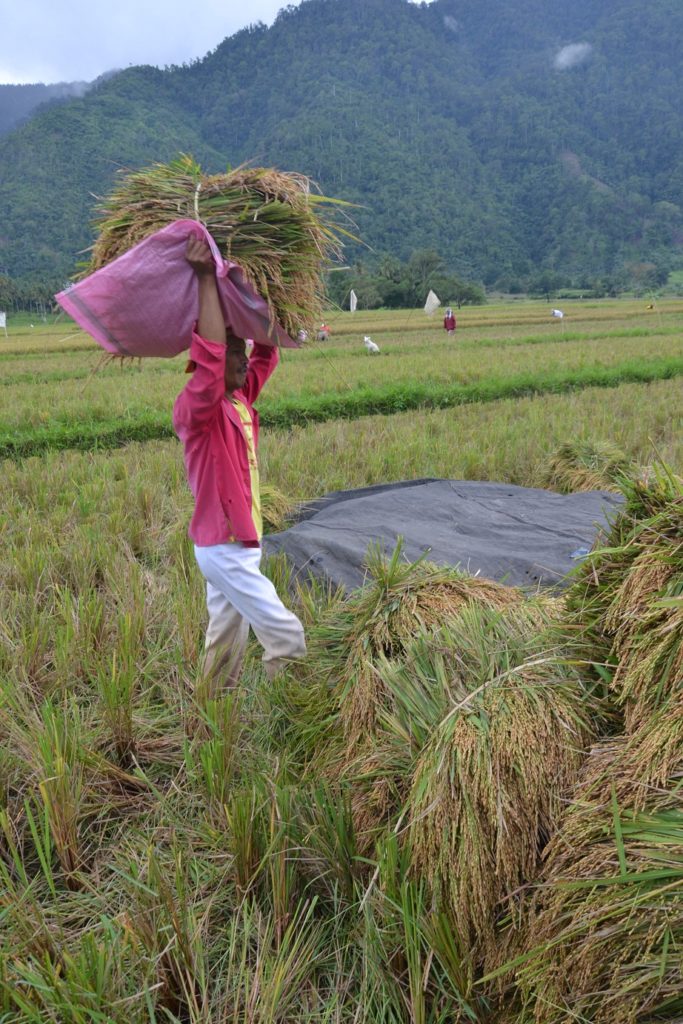 The one that is carrying the rice bundle said, that the bundles are very heavy compared to regular bundles that they’ve been carried before.
The one that is carrying the rice bundle said, that the bundles are very heavy compared to regular bundles that they’ve been carried before.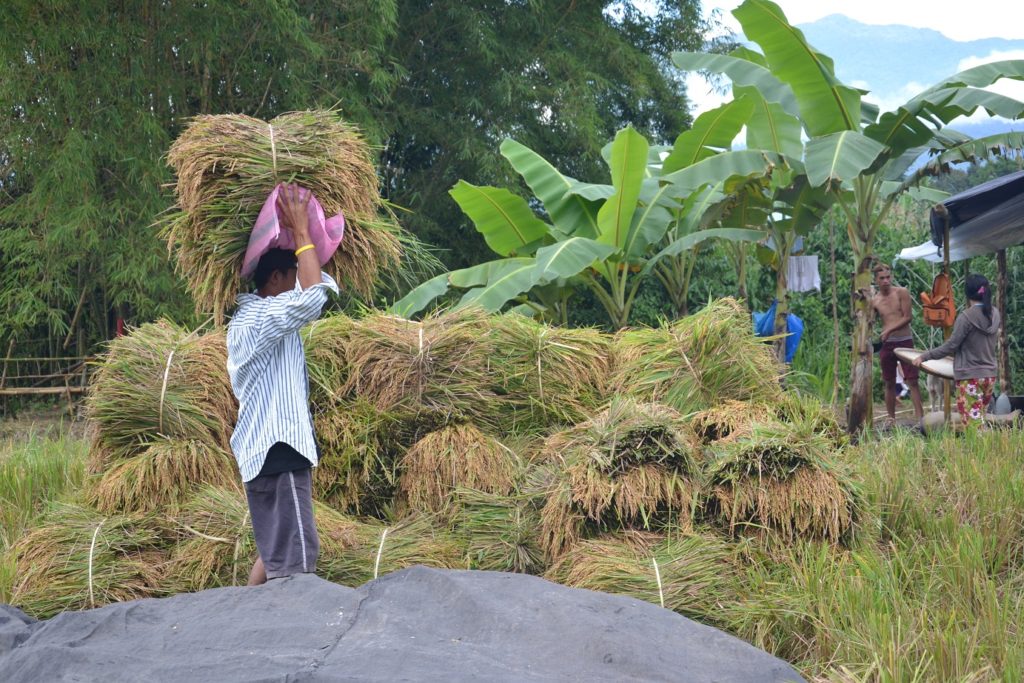 Harvest time is more like a family and friends gathering. People need to get their individual jobs done.
Harvest time is more like a family and friends gathering. People need to get their individual jobs done.
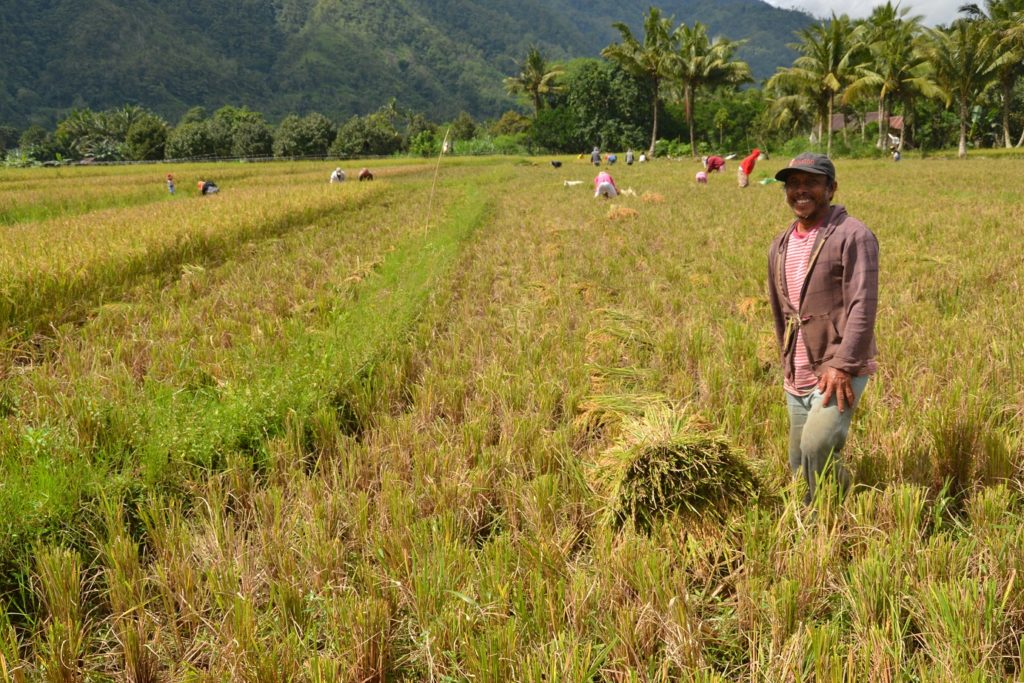
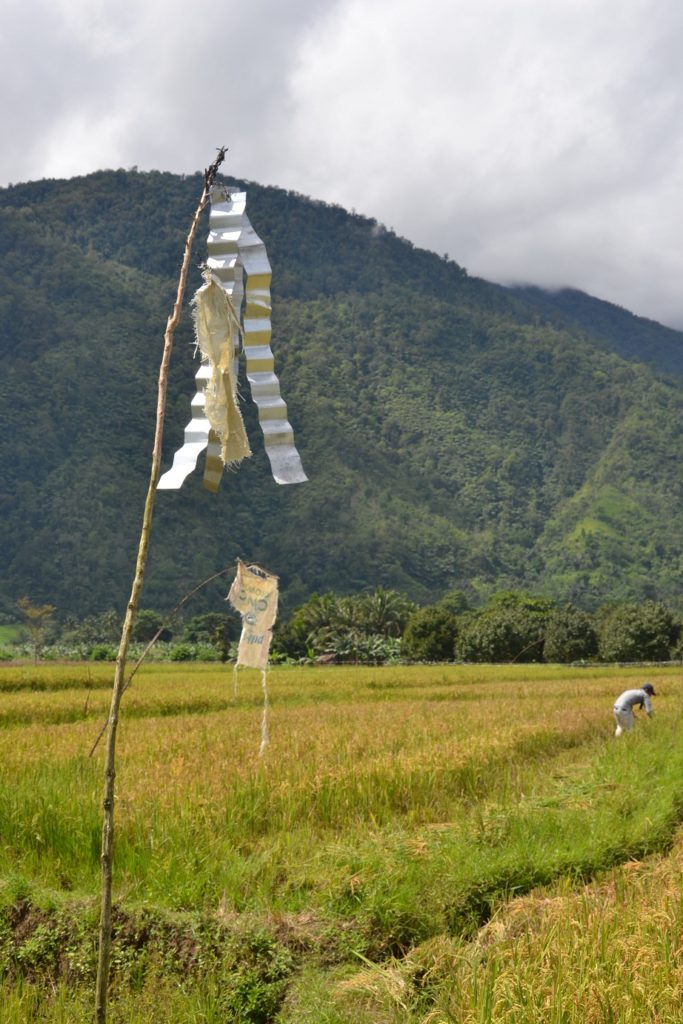
 9:59 AM, and the harvest is almost done.
9:59 AM, and the harvest is almost done.
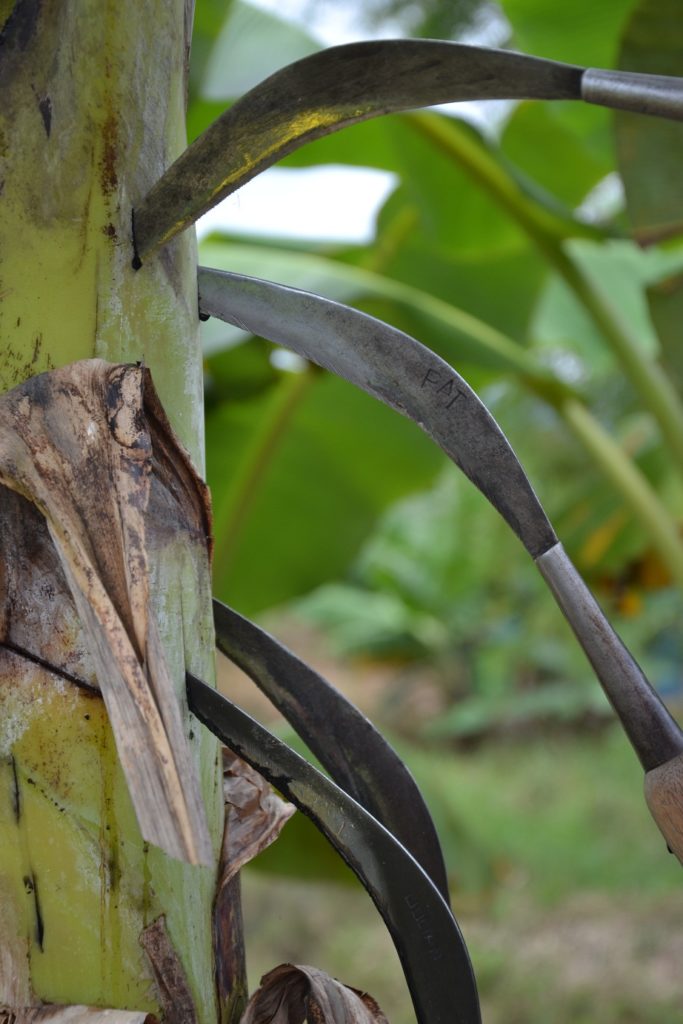
10:19 AM, the harvesting is done.Weapons/tools are put on a banana tree, while the bearers are relaxing.
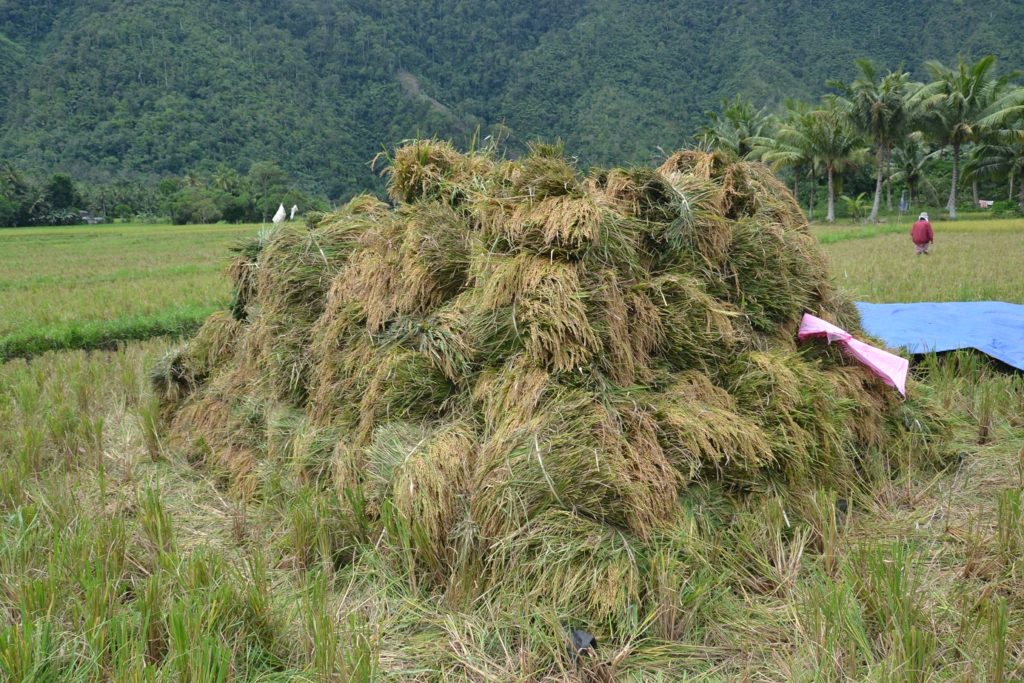
10:12 AM, and the final bundle is on board.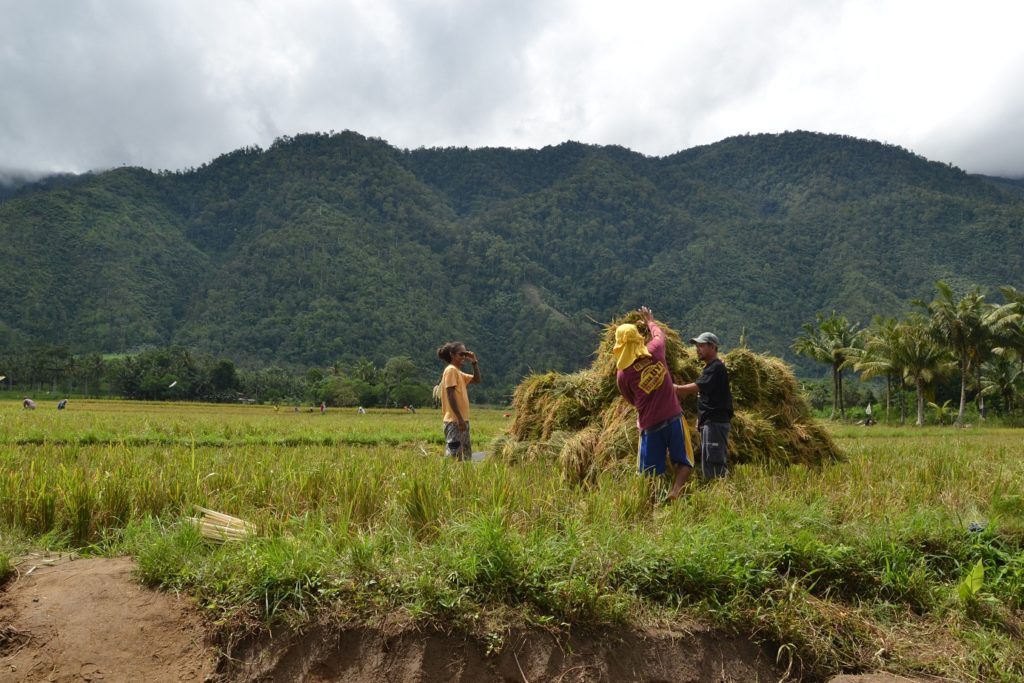
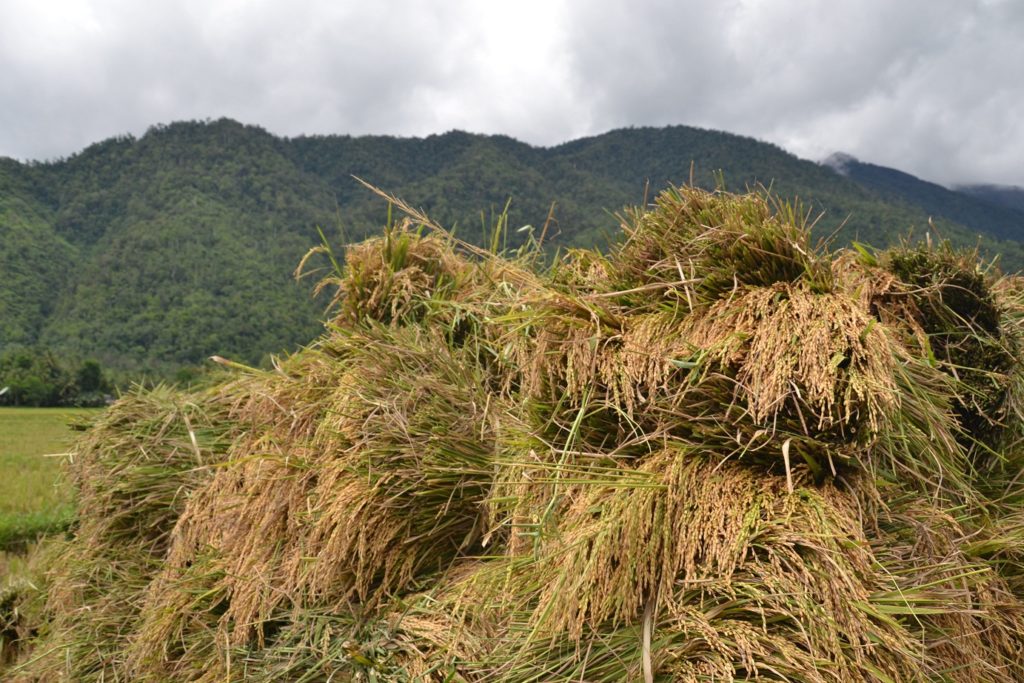 “Here comes the horn” , Carrying the Threshing Machine. Locally known as “treser”.
“Here comes the horn” , Carrying the Threshing Machine. Locally known as “treser”.
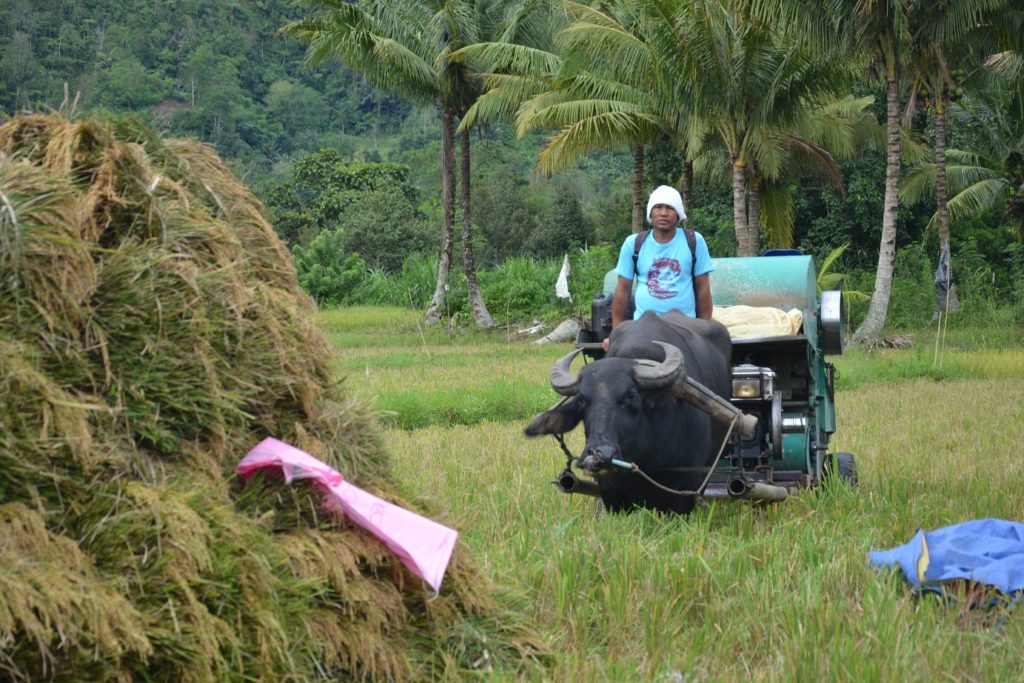
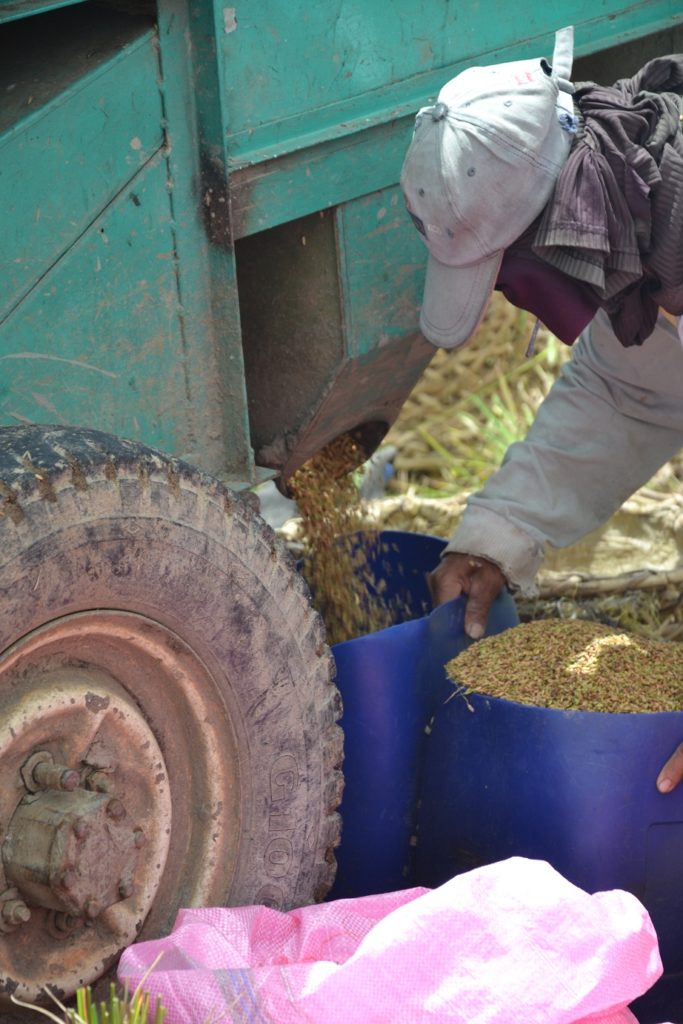 The grains goes to the PE bucket and into the sacks.
The grains goes to the PE bucket and into the sacks.
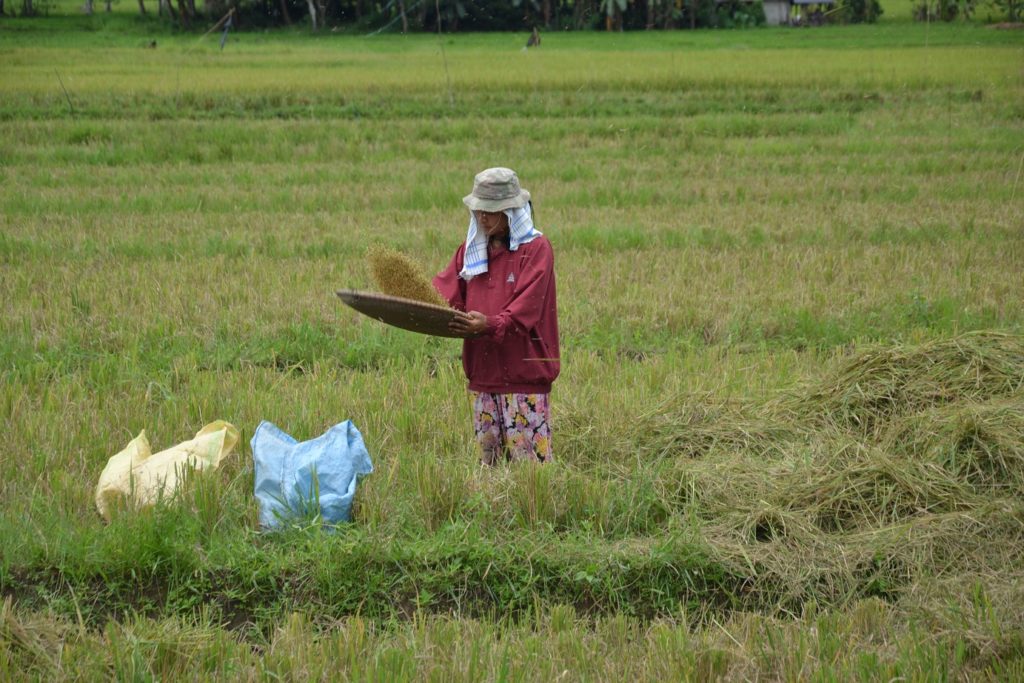
Threshing is now done,
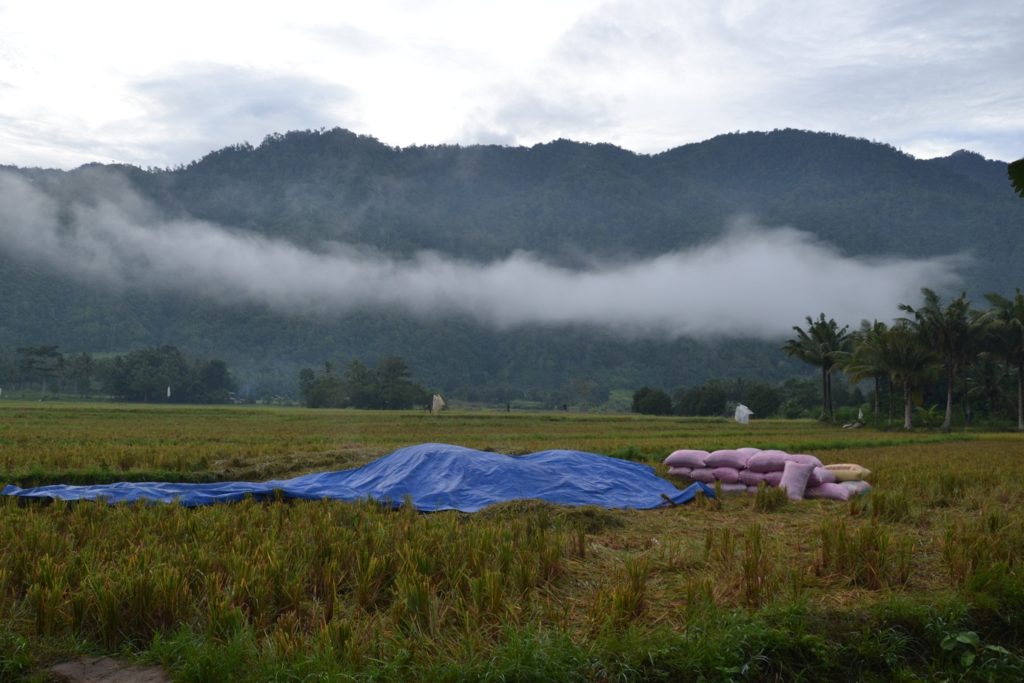
The effect of just small amount of “The Juice” by Grow Switch on Rice
Farmers’ and locals’ testimony, is that this area can only have an average of 19-20 (60-65 kilo) sacks. However, when a small amount of FullOn was added to the farmer’s regimen, they suddenly gained up to 50-60% more produce. The density, and the quality of the produce was bumped up. The use of NPK was lessen to almost -60% on the required rate. And 100% less in the use of pesticide (zero cide produce).
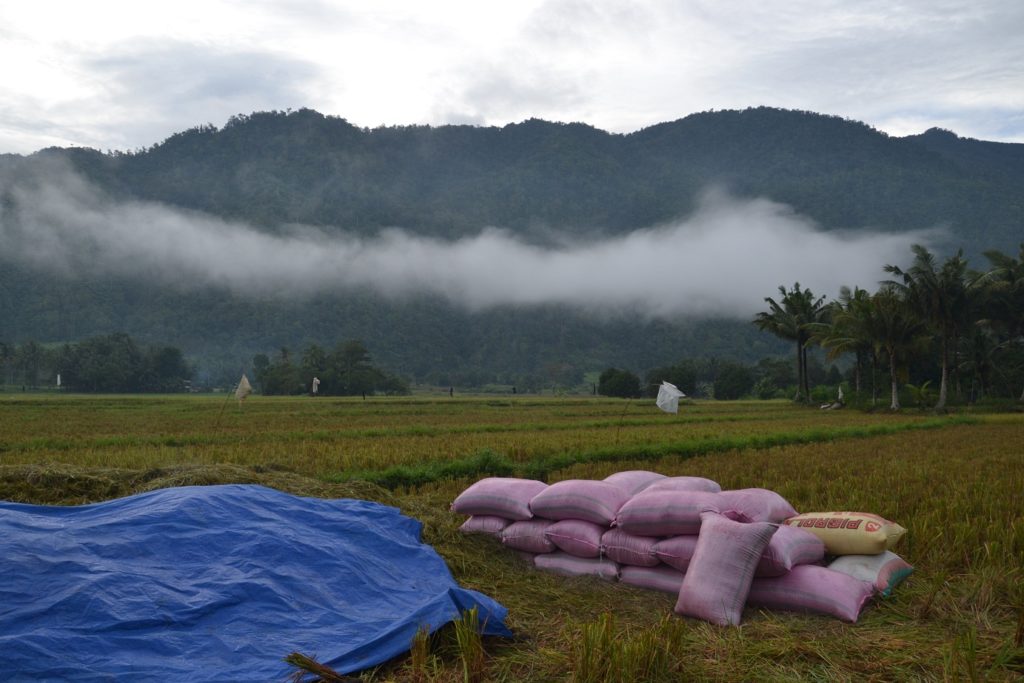 There for, The Juice really helped the farmer(s) gain more with just less inputs. It did not only gave them more produce and profit, but as well as helping the nature. By conditioning the soil with the less use of synthetic NPK, and by not using harmful cide.
There for, The Juice really helped the farmer(s) gain more with just less inputs. It did not only gave them more produce and profit, but as well as helping the nature. By conditioning the soil with the less use of synthetic NPK, and by not using harmful cide.
Disclaimer: FullOn is not a cide, so when used in a pest and disease infested area, you might need to consider using some. It also depends on the weather condition, quality of water (irrigation) and soil. Farmer’s skill sets also do play a big role, and “the juice” is his/her ultimate tool.
This trial seems to be at the right place and at the right time.
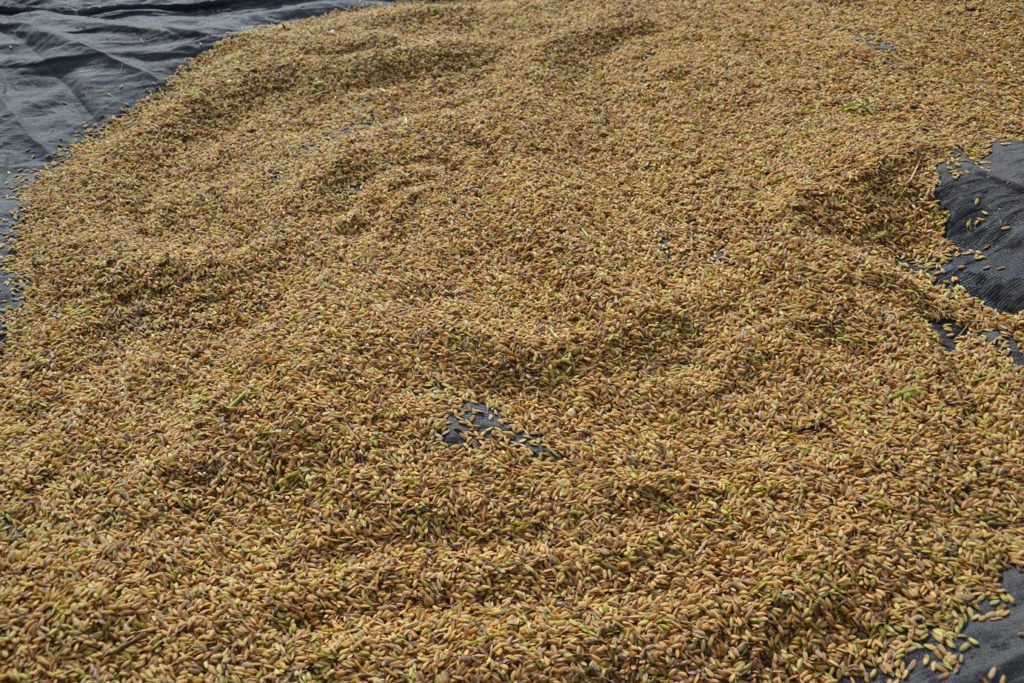
Grains were very dense and heavy.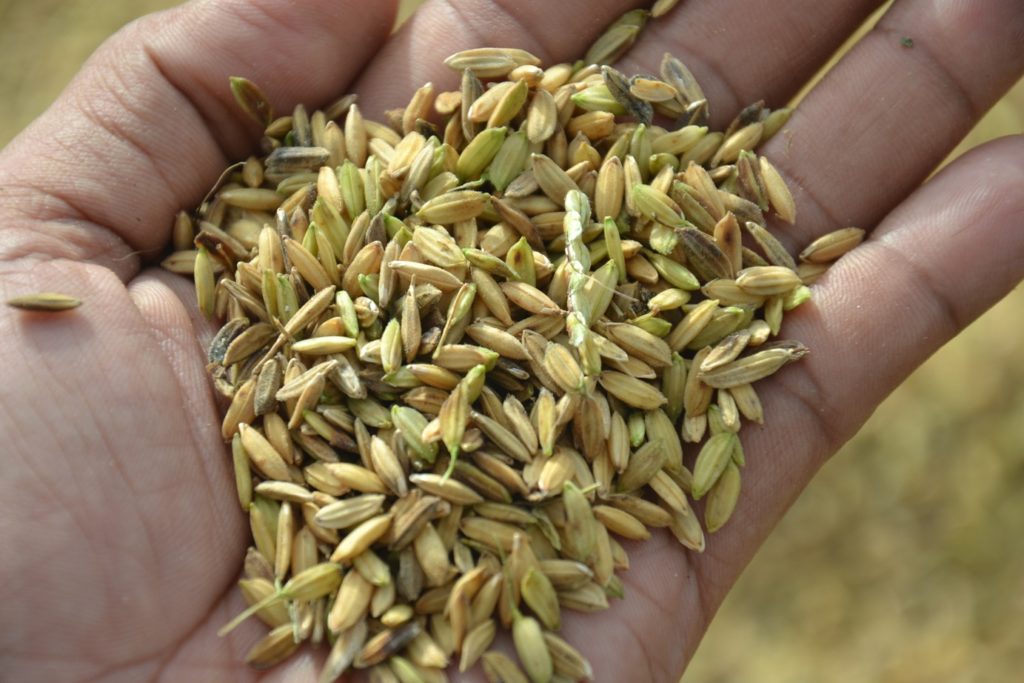
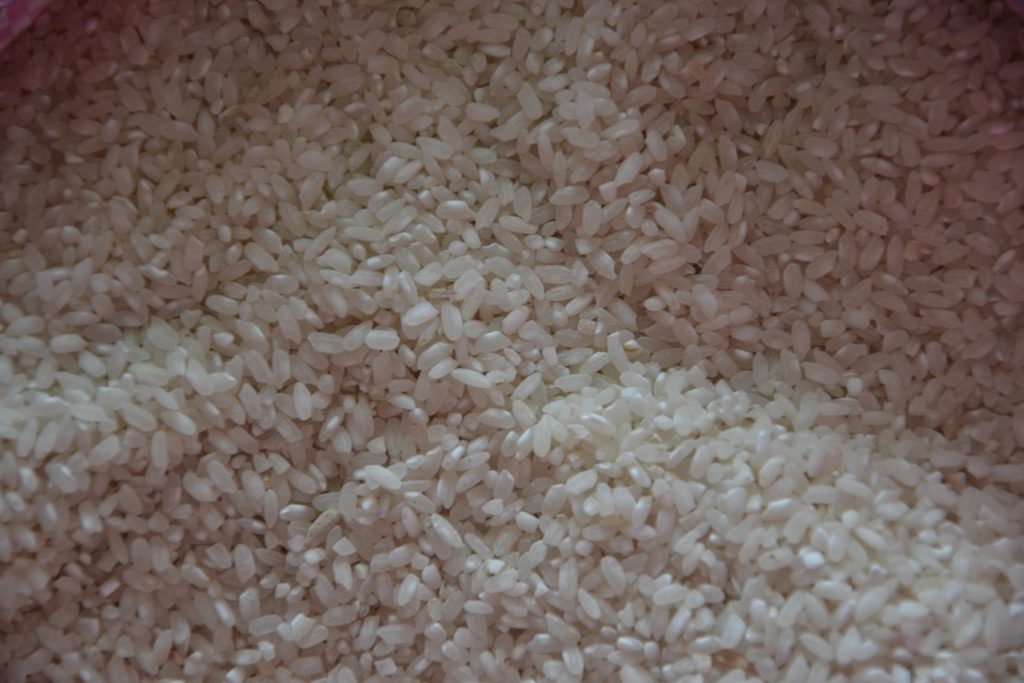
The effect of just small amount
And the finished product, freshly grinded and tasty rice grains. Though it was processed in a mediocre processing facility, it’s still looks good.
Note: About the Bioavailability
Bioavailability is commonly a limiting factor in the production of crops (due to solubility limitation or adsorption of plant nutrients to soil colloids) and in the removal of toxic substances from the food chain by microorganisms (due to sorption to or partitioning of otherwise degradable substances into inaccessible phases in the environment). A noteworthy example for agriculture is plant phosphorus deficiency induced by precipitation with iron and aluminum phosphates at low soil pH and precipitation with calcium phosphates at high soil pH. Toxic materials in soil, such as lead from paint may be rendered unavailable to animals ingesting contaminated soil by supplying phosphorus fertilizers in excess. Organic pollutants such as solvents or pesticides may be rendered unavailable to microorganisms and thus persist in the environment when they are adsorbed to soil minerals or partition into hydrophobic organic matter.
